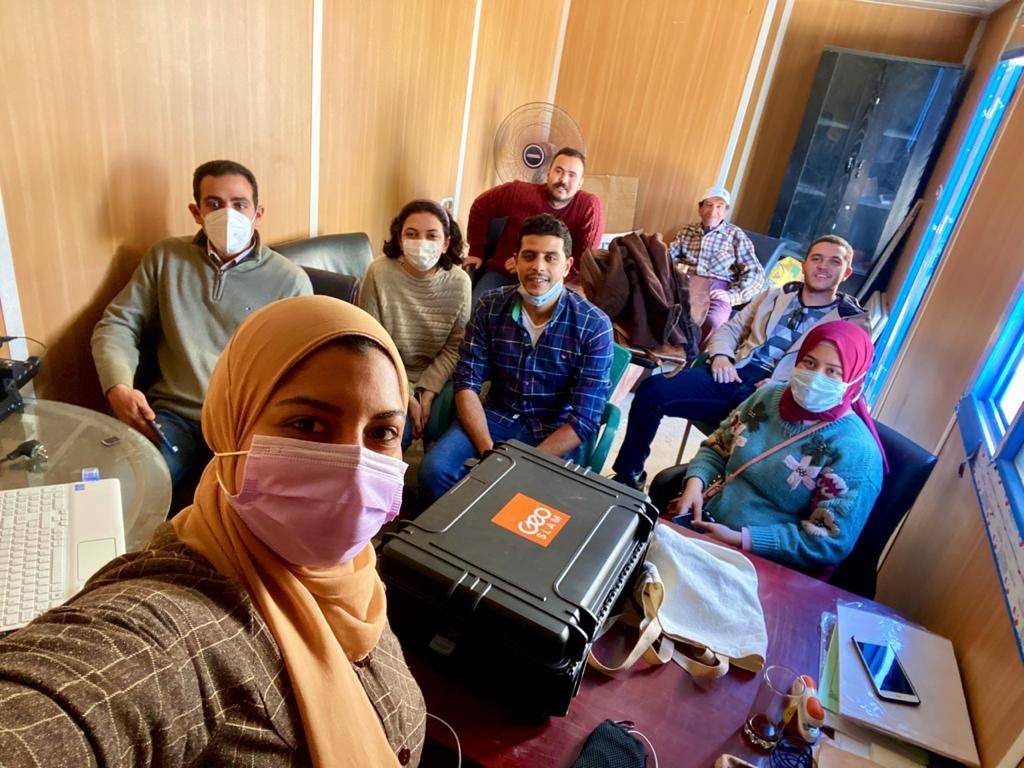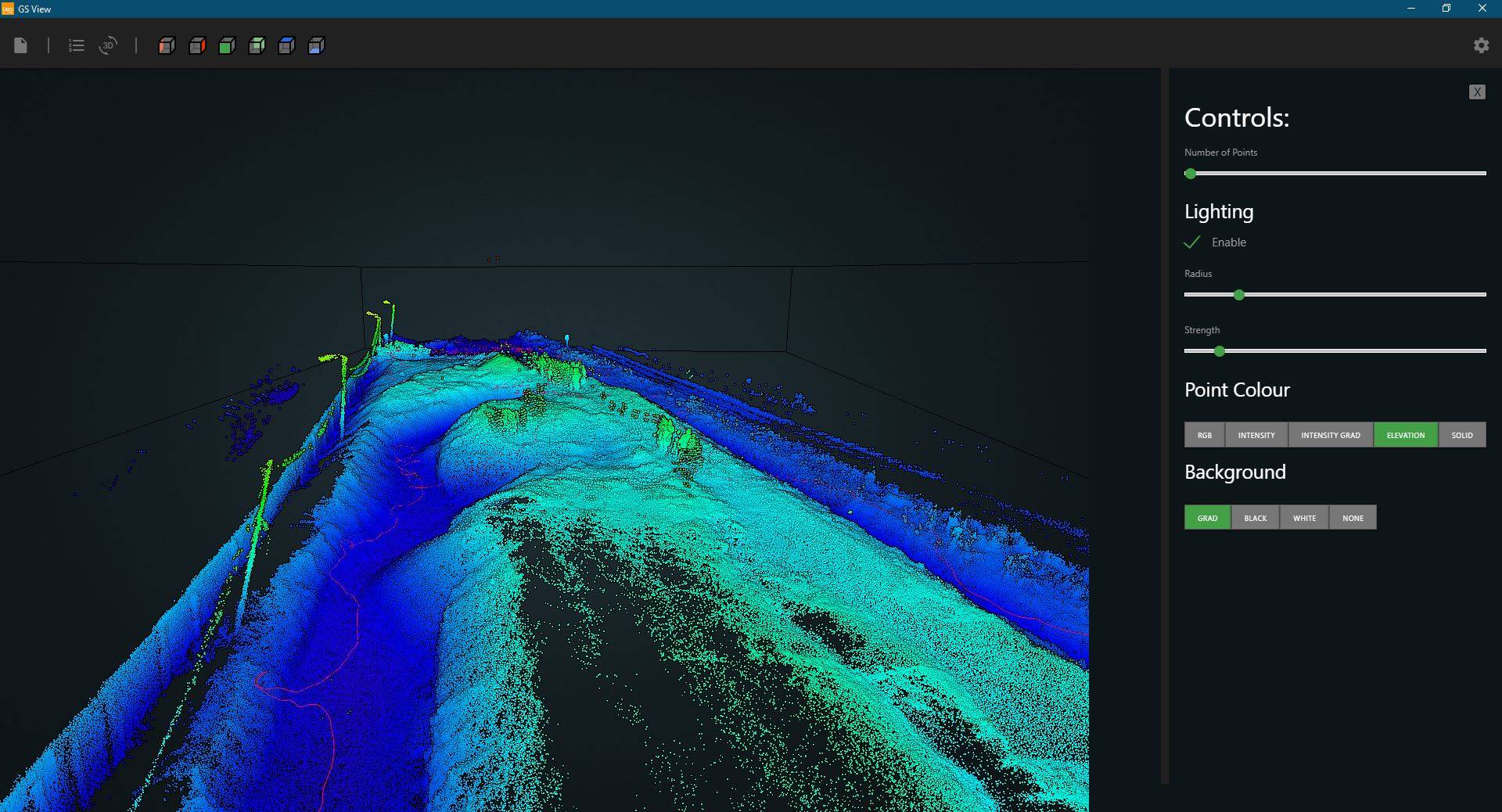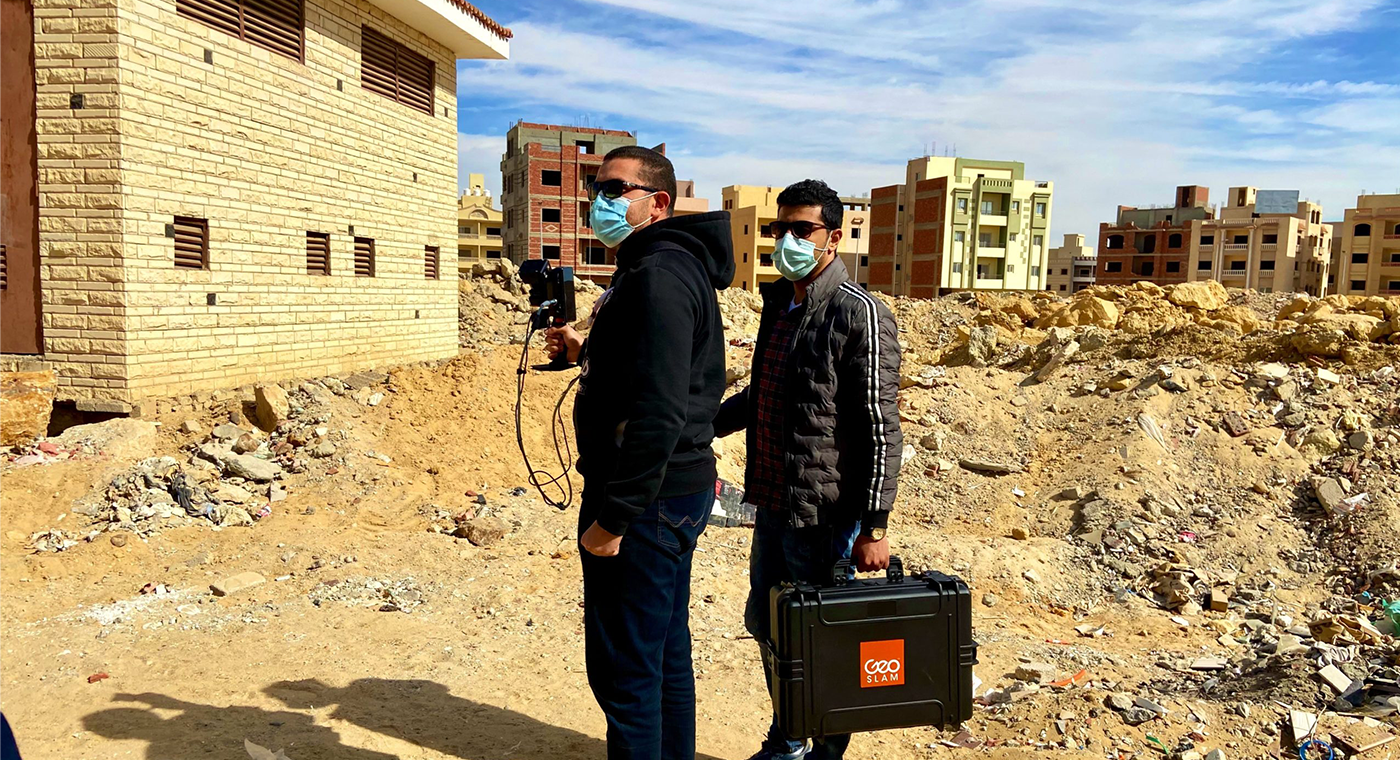Housing and Building National Research Center
The government of Egypt (GoE) is leading several initiatives to reuse and recycle the ever-increasing quantities of construction and demolition Waste (CDW) around the country. These initiatives include a national strategy and action plan to effectively manage around 40 million tons of CDW generated annually. They target to recycle 50% of CDW materials by 2030. One of the major challenges facing municipalities in Egypt is calculating the amount of CDW accumulated, due to illegal dumping of waste.
Commissioned by the Ministry of Environment and the GIZ institution, HBRC (Housing and Building National Research Center) have made it their mission to find effective methods for quantifying and characterizing the amount of CDW in four Egyptian Governorates (Gharbia, Kafr-El-Sheikh, Assuit and Qena).
This project paves the way to developing an optimal construction and demolition waste management strategy in Egypt. The research team used SLAM laser scanning to map the construction waste piles. The scan data is a sound method for quantifying waste volumes over a period, due to the ease of capture and accurate data.
“The traditional surveying of CDW accumulations was not practical as CDW locations are difficult to walk through and experience rapid changes to the waste quantities.” - Amr Hesham | Construction and Project Management Engineer

The SLAM solution is ideal for rapid data capture and has the capacity to process in real-time. By walking through the construction and demolition waste sites, the team is mapping as they go, shortening the amount of time spent in a hazardous environment — reducing health and safety risks.
The simplicity of the solution means that anybody can capture the data, with minimal training, making the scans a repeatable process. Covering an area of 84,823 m2, the research team conducted 12 scans, dividing the route into zones and each scan lasted an average of 17 minutes.
This way of calculating volumes is fast, cost effective, safe and repeatable, making SLAM the ideal solution for the job. The research effort opens the door into the utilization of 3D modeling of construction waste management sites. The findings were reported back in a presentation during the third International conference on Smart Cities.
“The application of laser technology would enable the quick and accurate estimation and modeling of waste quantities.” - Amr Hesham | Construction and Project Management Engineer

